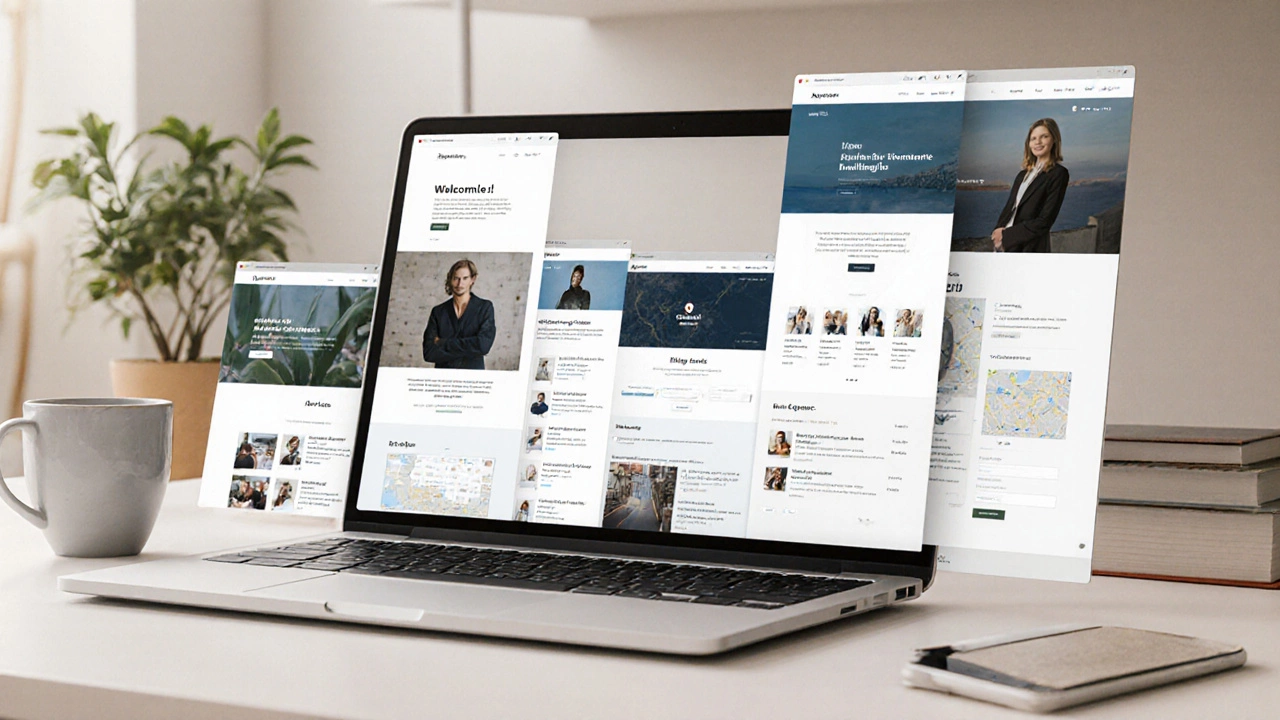Web Development Cost: What Really Determines Your Budget
When planning a new site, the first thing you need to understand is web development cost, the total amount you spend to plan, design, build, and maintain a website. This term sits alongside website cost, a broader view that also covers marketing, SEO, and ongoing upgrades. If you are leaning toward WordPress, you will encounter WordPress website cost, prices for themes, plugins, hosting, and developer time specific to the platform. For many businesses, the biggest decision is hiring a web designer, paying a professional to handle design, coding, and launch. On the other end of the spectrum, DIY website builder cost, the fees you pay for platforms like Wix, Squarespace, or Google Sites can look attractive but often hide extra expenses later. Understanding these pieces helps you see why web development cost can vary so much from project to project.
Key Cost Factors You Should Know
Web development cost includes three core groups: design fees, technical services, and ongoing maintenance. Design fees cover UI/UX work, graphic creation, and branding – they are usually billed per hour or as a flat package. Technical services break down into domain registration, hosting, and any platform‑specific licenses. For example, a .in domain may cost ₹800‑₹1,200 per year, while premium WordPress themes can run ₹2,000‑₹7,000 one‑time. Hosting ranges from shared plans at ₹150/month to managed cloud servers that exceed ₹5,000/month for high‑traffic sites. Choosing a DIY builder often bundles domain and hosting, but limits customization, which can raise long‑term maintenance costs if you need custom code later.
The second major influence is who does the work. Hiring a web designer or an agency typically raises upfront cost – a simple brochure site might start at ₹30,000, while a custom e‑commerce platform can exceed ₹2,00,000. However, professional developers bring expertise that can lower hidden expenses like broken plugins, security breaches, or SEO mistakes. On the flip side, do‑it‑yourself routes let you keep the price low – a Wix or Squarespace plan can be under ₹2,000 per year – but you trade off scalability and control. Remember that web development cost also includes post‑launch items: content updates, performance monitoring, and security patches. Ignoring these can turn a cheap build into an expensive nightmare.
Finally, timing and scope matter. A 5‑page static site will cost far less than a 20‑page interactive portal with APIs, multilingual support, and custom animations. Projects that need e‑commerce, membership areas, or integrations with third‑party services usually add ₹50,000‑₹1,00,000 to the bill. To keep your budget realistic, list all required features, decide which ones are must‑haves, and consider phasing the rest into future phases. This approach lets you balance cost against value and avoid surprise invoices.
Now that you have a clear picture of the main cost drivers, you’ll see why the articles below take different angles – from calculating the average WordPress website cost in India to weighing the ROI of hiring a professional versus using a free website builder. Browse the collection to find detailed breakdowns, real‑world examples, and actionable tips that will help you plan a budget you can actually stick to.
About
Website Creation
